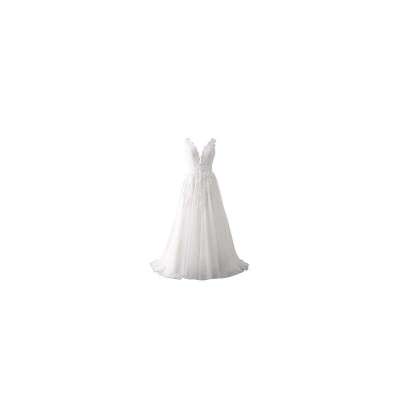
www.thehistoryblog.com
Medieval derelict ship found in Barcelona
The remains of a 500-year-old ship have been unearthed in downtown Barcelona. Its construction style, known as skeleton construction, dates it to the 15th or 16th century. Despite Barcelona’s long history of maritime trade, this is only the second archaeological seagoing vessel ever discovered in the city.
Dubbed Ciutadella I after its find site near Barcelona’s Ciutadella Park, it was discovered 18 feet below the soil surface. The site, slated for redevelopment, has been a public parking lot since 1996, but it was formerly the city’s fish market (1947-1983), and hundreds of years earlier was the seafront. Ciutadella I is a derelict vessel, meaning it sank close to shore or was deliberately abandoned and over time it was gradually covered with sediment.
In this case, a fragment of 10 meters [33 feet] long and more than 3 meters [10 feet] wide is preserved , with a structure formed by about thirty frames — the curved wooden pieces that make up the lateral skeleton of the ship — and at least seven planking platforms, the rows of wooden boards that covered the exterior of the ship. The boards are nailed to the frames with circular-section wooden dowels, a kind of wooden nails that served to join the pieces. Two longitudinal pieces — palmellars or serras — fixed with iron nails are also preserved. This system, known as skeleton construction, was common in the medieval Mediterranean and spread throughout Europe from the mid-15th century.
The discovery is part of a historical context of the transformation of the Barcelona seafront. From 1439, with the construction of the first artificial piers, the dynamics of the coastline were altered and the sandbar known as the Tasca, which had protected the city for centuries, disappeared. The combination of coastal drift, the mouth of the Besòs and storms caused the beach to advance rapidly, covering former marine areas.
Tradition has it that Barcelona was founded as a colony of Carthage, but there is little archaeological evidence to support that. It came to prominence in the late Roman Empire, and was an important capital of the Visigoths after their invasion in the 5th century. The Carolingian Franks wrested it from Moorish control in 801 A.D., and appointed a Count of Barcelona who ruled ever-increasing territory with little interference both before and after the city was sacked in 985 by the forces of the Umayyad caliphate of Córdoba.
Catalonia and the Kingdom of Aragon were unified by marriage in 1137, and this catapulted Barcelona into one of the foremost trading cities in the Mediterranean. It enjoyed a unique autonomy in its commercial endeavors even under while technically under the Crown of Aragon. It was granted the right to arbitrate its own commercial disputes without interference from the royal courts in 1258, and the codification of its maritime customs in the 15th century Catalan-language Book of the Consulate of the Sea would become a model for maritime legislation throughout the Mediterranean and Near East.
The first wharf in Barcelona was built in 1477. By this time, the city was a center of artisanal and manufacturing trades as well as maritime commerce. It exported goods all over Europe and the Mediterranean, including hides, olive oil, the highest quality saffron and finished textile products like silk, wool, linen and lace.
The remains of the ship are in a highly delicate, time-sensitive condition. Now that it has been exposed to air and no longer under the protection of waterlogged soil, the wood is in danger of rapid decay, so archaeologists are keeping it partially covered in sand while it is being recorded in detail using photogrammetry, thousands of high-resolution photographs that can be stitched together to make a precision 3D model.
When the fieldwork is complete, the timbers will be removed one at a time and transferred to specialized water tanks for desalination. They will then be soaked in polyethylene glycol, a preservation method that replaces the water in the wood with a waxy substance that keeps it from shrinking, drying and cracking even once it’s in the open air.














